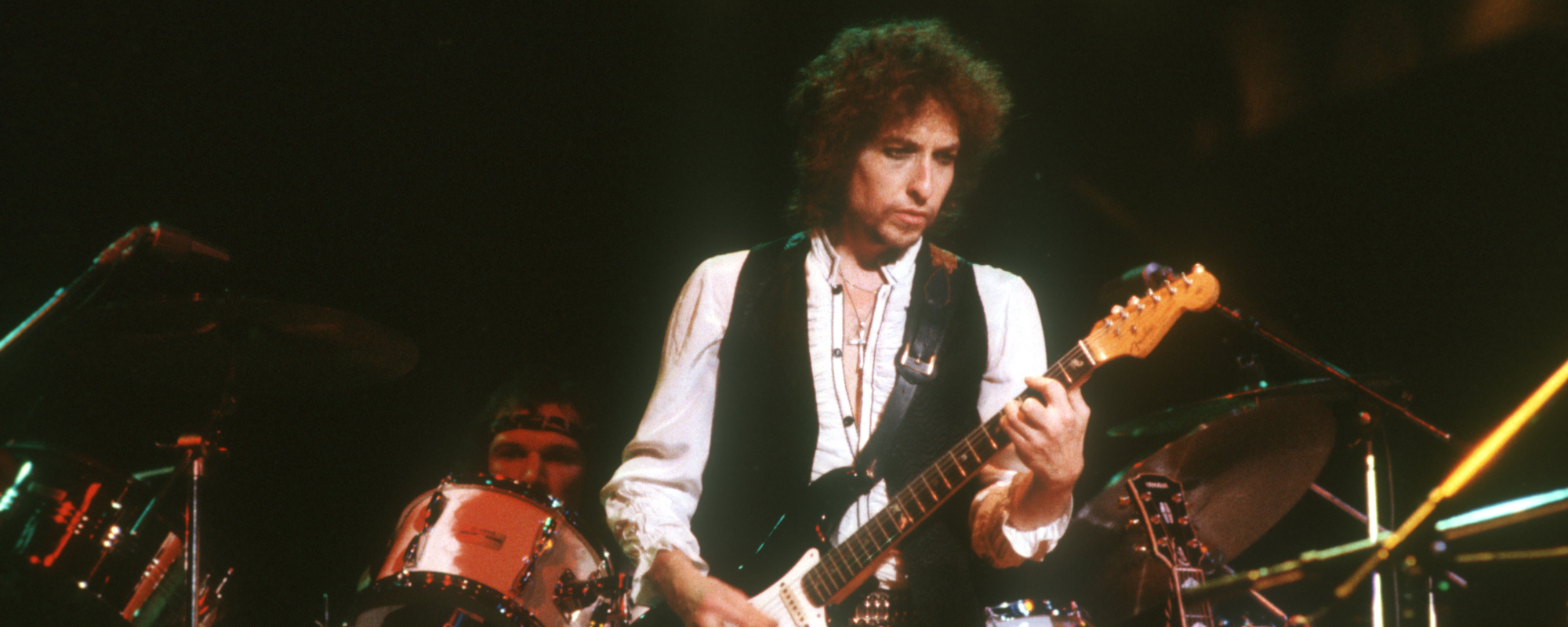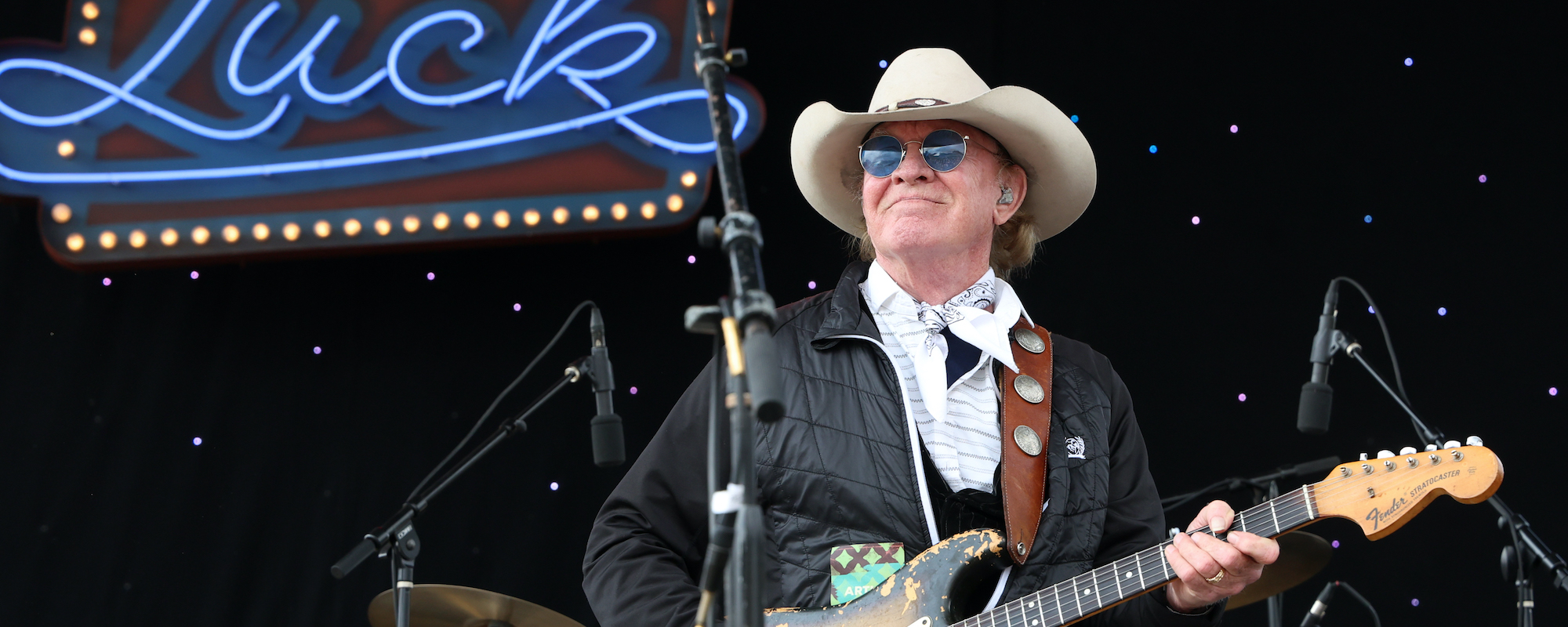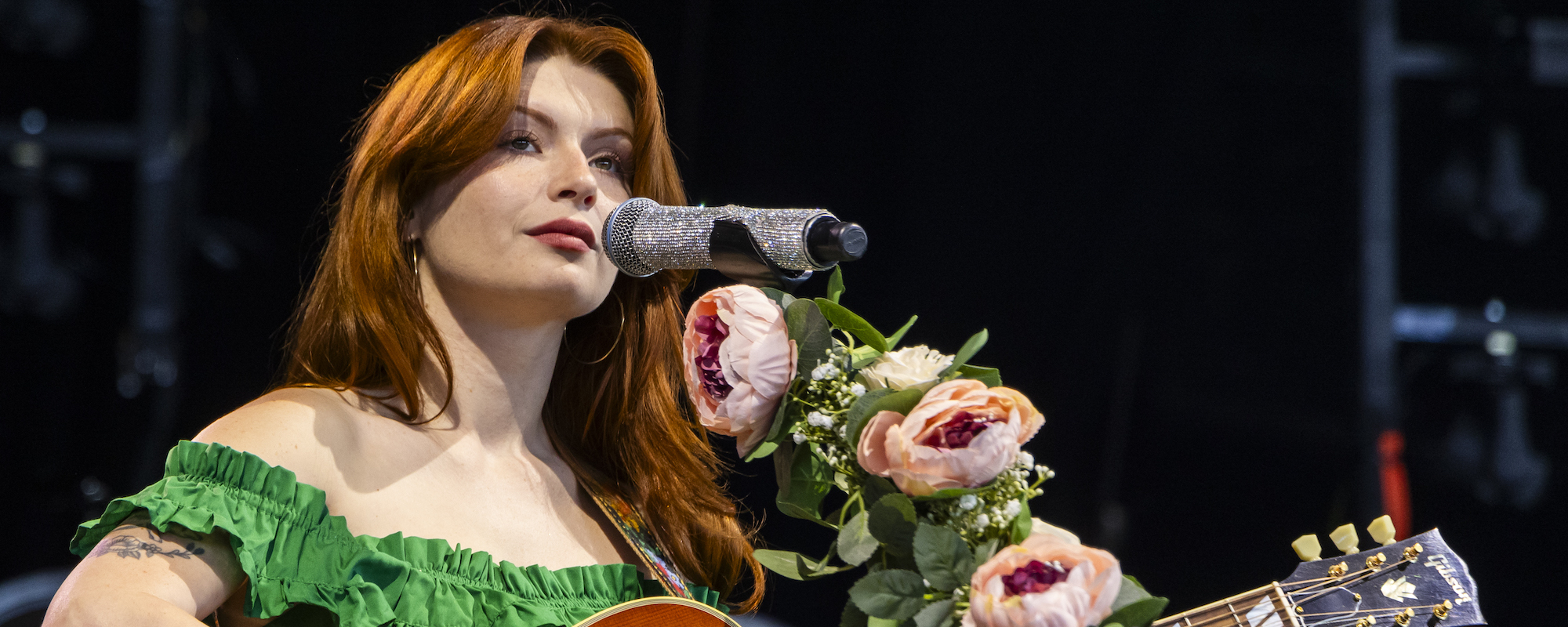Imagine you’re listening to an AM radio in 1969 and, without hearing the DJ’s intro, you hear a lilting, straightforward love song with undeniable allure and the alliterative refrain of “Lay, Lady, Lay,” crooned by a voice with milky suavity. There’s no way you’re guessing that’s Bob Dylan, he who was to that point known for verbose lyrics and a pinched whine of a voice.
Videos by American Songwriter
But it was Bob Dylan, and “Lay, Lady, Lay” sold more than any single he ever released. What was the meaning of this drastic departure of a song? From where did this new Dylan voice emanate? And how are Dustin Hoffman and Barbra Streisand somehow involved in the story of how this song came to be? All the answers and more can be found below, starting with the transformation of Bob Dylan, the brash poet, into Dylan the friendly country and Western belter.
Country Bob
Following the whole “Dylan Goes Electric” frenzy of the mid-‘60s, along with the monumental music that accompanied it, Bob Dylan largely retreated for a while from the rock music rat race. A 1966 motorcycle accident proved to be the cutoff point. After that, he concentrated on being a family man. What music he did make was markedly different from what came before it.
The 1967 album John Wesley Harding was filled with muted, inscrutable parables and sounded nothing like the prevailing psychedelia that had enveloped rock music. He also made music with The Band in Woodstock, New York that nobody heard, at least not until bootlegs revealed the wondrous fruits of that collaboration.
Even taking the evidence of the previous few years into account, his 1969 album Nashville Skyline still seemed to come out of nowhere. Gone were the ten-minute, wild-mercury diatribes of albums like Blonde on Blonde in favor of ten songs that clocked in at under 27 minutes total, played at leisurely paces, featuring direct lyrics, and dressed up in lush, country-style instrumentation.
In the middle of it all was Dylan, singing with a voice far removed from what people had been used to hearing. When you listen to John Wesley Harding, you can hear that this transformation was already underway. But it was far more drastic on Nashville Skyline, with Dylan claiming that quitting cigarettes was the reason for the change.
As Dylan looked for a song to be the big hit to introduce this new sound to the world, he did not initially think “Lay, Lady, Lay” was a good option. Luckily, record mogul Clive Davis stepped in and insisted that he reconsider and release It as a single. But what was his impetus for writing the song? Well, in typical Dylan fashion, the answer is a little murky.
The Movies and the Diva
Several sources have documented that Dylan initially wrote “Lay, Lady, Lay” as a kind of contract job. He had been contacted by filmmaker John Schlesinger to potentially provide music for the movie Midnight Cowboy, which would star Dustin Hoffman and Jon Voight and prove to be a game-changer of a film upon its 1969 release. But the song that broke big from the soundtrack was “Everybody’s Talkin’,” written by Fred Neil and sung to perfection by Harry Nilsson.
Dylan had dallied a bit too long to finish “Lay, Lady, Lay,” and Schlesinger had already decided upon the other song by the time Dylan was ready with his. However, in an interview from 1971 with Tony Glover that didn’t surface until 2020, Dylan claimed he wrote the song with Barbra Streisand in mind as the singer. When asked about this revelation, Streisand said she never heard about it, so maybe Dylan simply used Barbra as a voice in his head when penning the track.
[RELATED: 5 Albums That Capture the Essence of Bob Dylan]
One less-heralded name that was far more important to the song’s creation and success was Kenny Buttrey. The session drummer was given conflicting instructions from Dylan and producer Bob Johnston about how the rhythm should sound. He decided to combine the two instruments he’d separately been told to play. Hence, the magical cowbell-and-bongo combination that creates such an indelible rhythmic bed.
What Is “Lay, Lady, Lay” About?
As for the meaning of the track, there’s nothing hidden about it. It’s what you might call a boudoir song, one where the narrator is trying to convince someone to get cozy, shall we say. Dylan makes that big brass bed sound as inviting as possible, promising to fulfill all expectations: Whatever colors you have in your mind/I’ll show them to you and you’ll see them shine.
As direct as the lyrics may be, Dylan still employs clever tactics to deepen the effect. For example, notice how the narrator suddenly starts speaking about himself in the third person in the second verse: His clothes are dirty, but his hands are clean/And you’re the best thing that he’s ever seen. In the bridge, he brings all his powers of persuasion to bear, suggesting that time is off the essence (Why wait any longer for the world to begin?/You can have your cake and eat it too), and making clear his intent to step up for her (Why wait any longer for the one you love/When he’s standing in front of you?)
Dylan continues in that vein, depicting the simple yet profound pleasures he hopes to enjoy: I long to see you in the morning light/I long to reach for you in the night. “Lay, Lady, Lay” features Bob Dylan at his most unabashedly, unironically romantic. We might never know exactly who inspired this song or what specifically prodded him to write it. Let’s just be glad they did.
Photo by Michael Ochs Archives/Getty Images













Leave a Reply
Only members can comment. Become a member. Already a member? Log in.